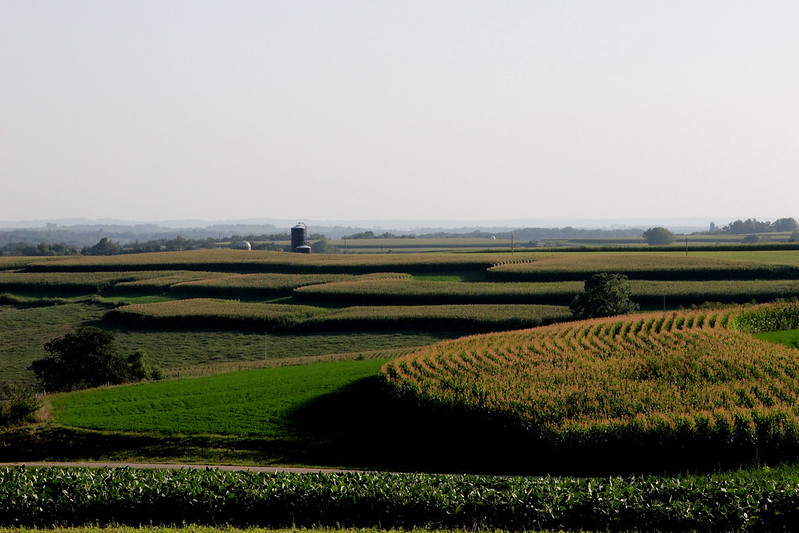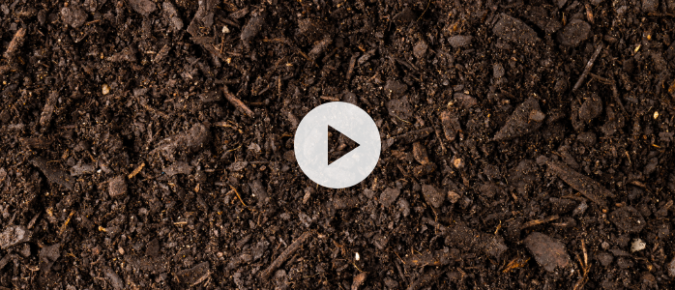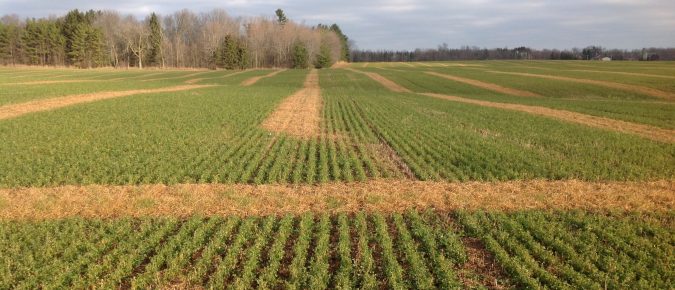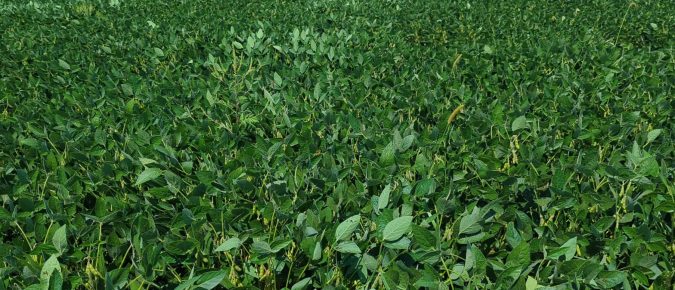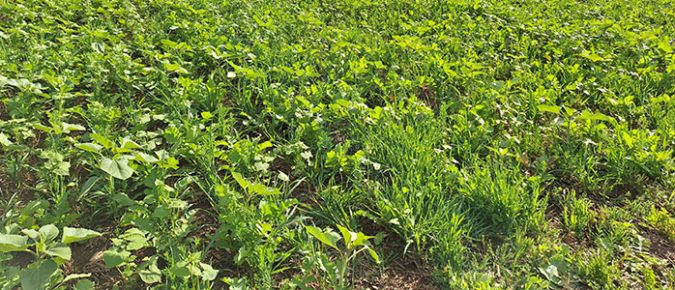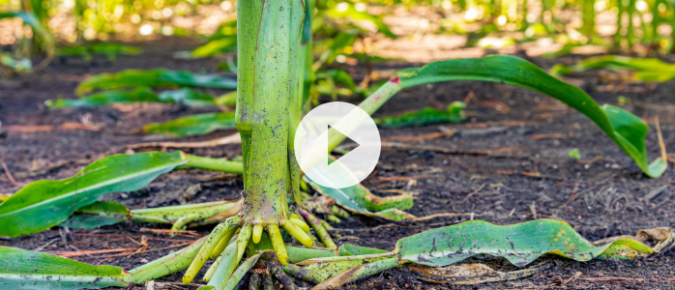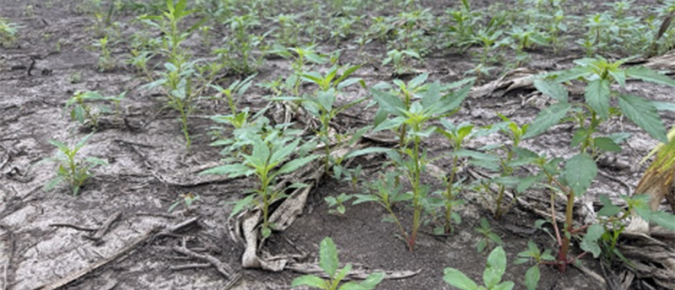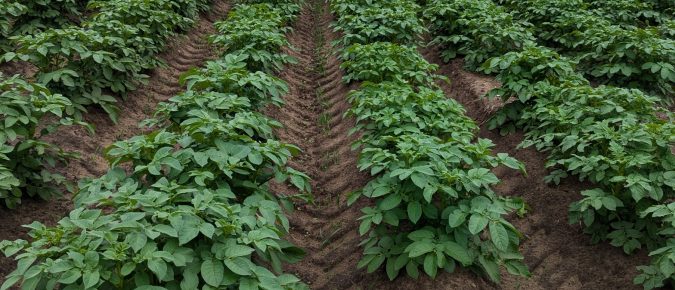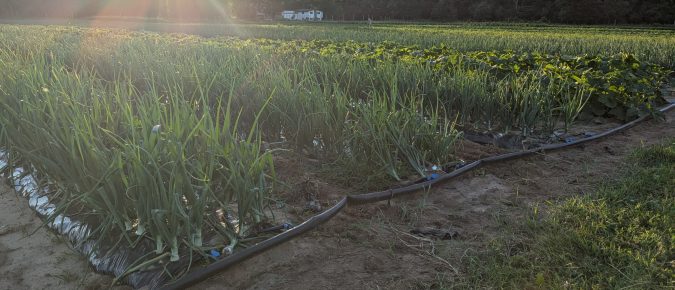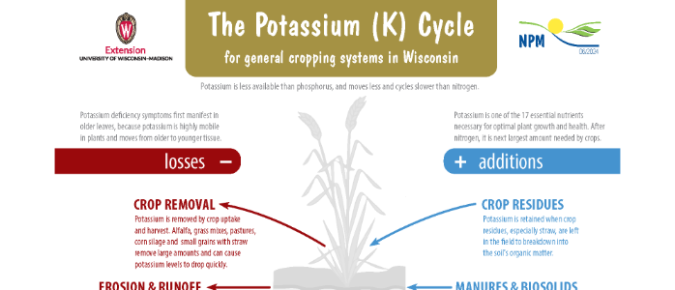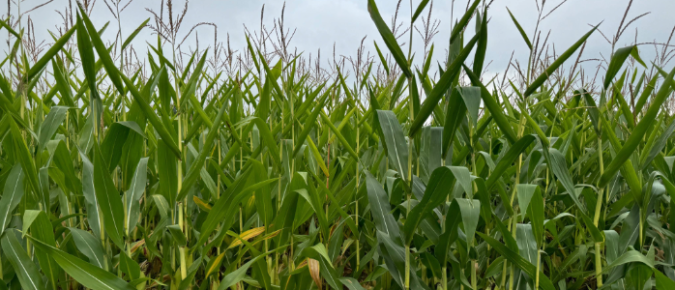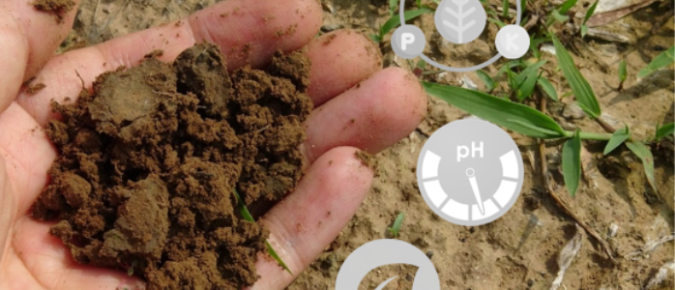In the October 23, 2024 Badger Crop Connect webinar, Dr. Jeff Hadachek — assistant professor in the UW–Madison department of agricultural and applied economics — discussed his ongoing economic research related to cover cropping and water quality issues. Dr. Hadachek revealed a Soil Health Decision Tool, which allows farmers to simulate and experiment with several variables to determine if agronomic practices, like cover cropping, produce an economic return on investment by improving soil health.
Using SnapPlus to create a nutrient management plan for your farm? Look no further for a helpful guide from the Nutrient and Pest Management Program that walks through developing a nutrient management plan. Full of resources, this guide includes how-to videos, explanations, tips and more to make your nutrient management planning smooth.
The Nutrient and Pest Management (NPM) Program has produced many standalone publications to help learn the basics of what is involved in writing and implementing a nutrient management plan. This new format combines many existing publications with new materials to provide a comprehensive reference guide!
This article considers how cover crops can contribute to the adaptive management of extreme weather events like droughts, floods, extreme precipitation, and extreme soil temperature fluctuations.
In the September 25, 2024 Badger Crop Connect webinar, Dr. Steven Hall, Assistant Professor and Extension Specialist in the UW–Madison Department of Soil and Environmental Sciences, discussed the context, challenges, and potential opportunities for biological nitrogen fixation products in cereal crops.
In spots, too much water accumulated and led to drowned out spots and in some cases even entire fields. In spots, these areas were re-planted. In other areas, troublesome weeds like waterhemp are quickly escaping and will likely produce plenty of seed before a killing frost occurs.
In the September 11, 2024 Badger Crop Connect webinar, Dr. Matt Ruark discussed cover crop species most likely to establish successfully when planted in mid-September and later, as well as cover crop termination, timing, biomass accumulation, and nitrogen uptake.
In this video, Chris Clark and Jordan Kampa, outreach specialists for the UW-Madison Extension Nutrient & Pest Management program head to the field to talk about managing potassium in crops and the publication they co-authored on the Potassium Cycle, available now from the NPM program.
This publication is an overview of essential plant nutrients and the ways they interact with one another. Farmers and agronomists can use this guide as a tool in conjunction with a good soil testing program to help diagnose agronomic problems and consider their nutrient management strategy.
This comprehensive resource provides a visual overview of the potassium (K) cycle and breaks down the crucial role K plays in soils and crop growth to help you optimize your crop yield.
Many factors affect crop yield; only one of them is fertilizer. The six factors listed here have a strong relationship with consistently better-yielding areas of a farm field.
Given the importance to crop and soil health and crop productivity, the accuracy of soil test results cannot be overstated. Whether you take your own soil samples or have the fertilizer dealer sample your fields for you, how soil is collected really matters.

